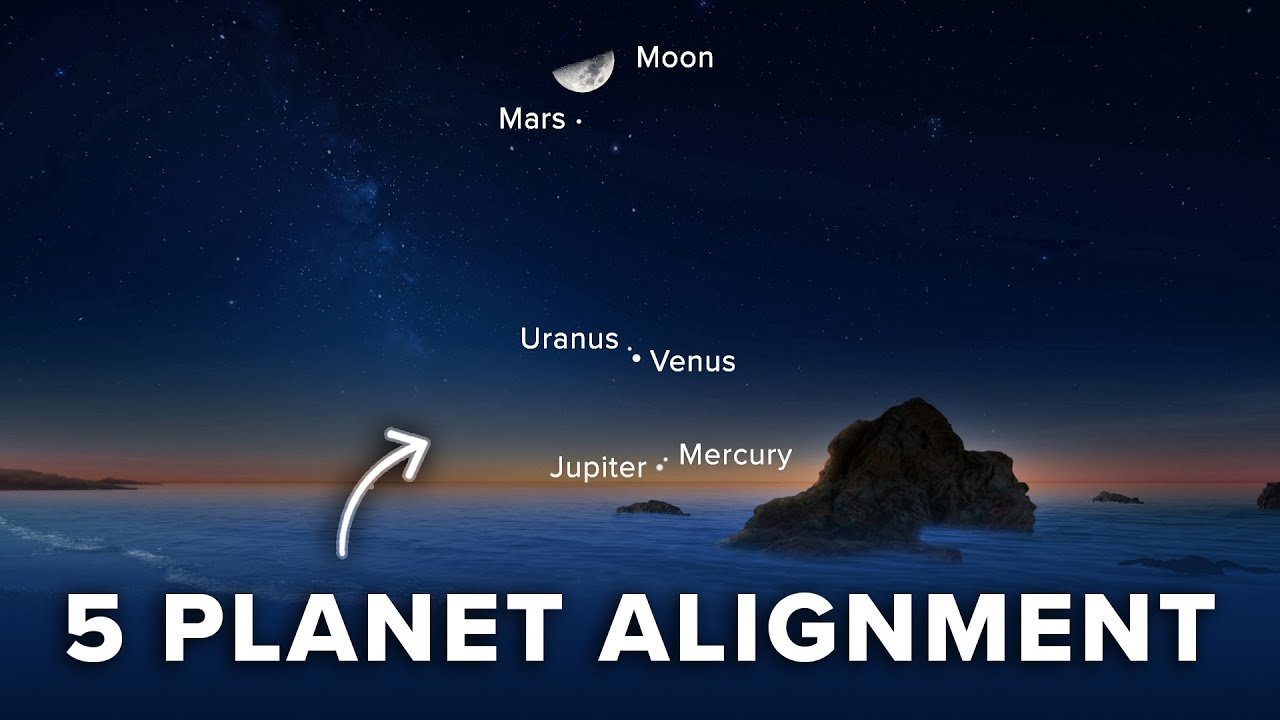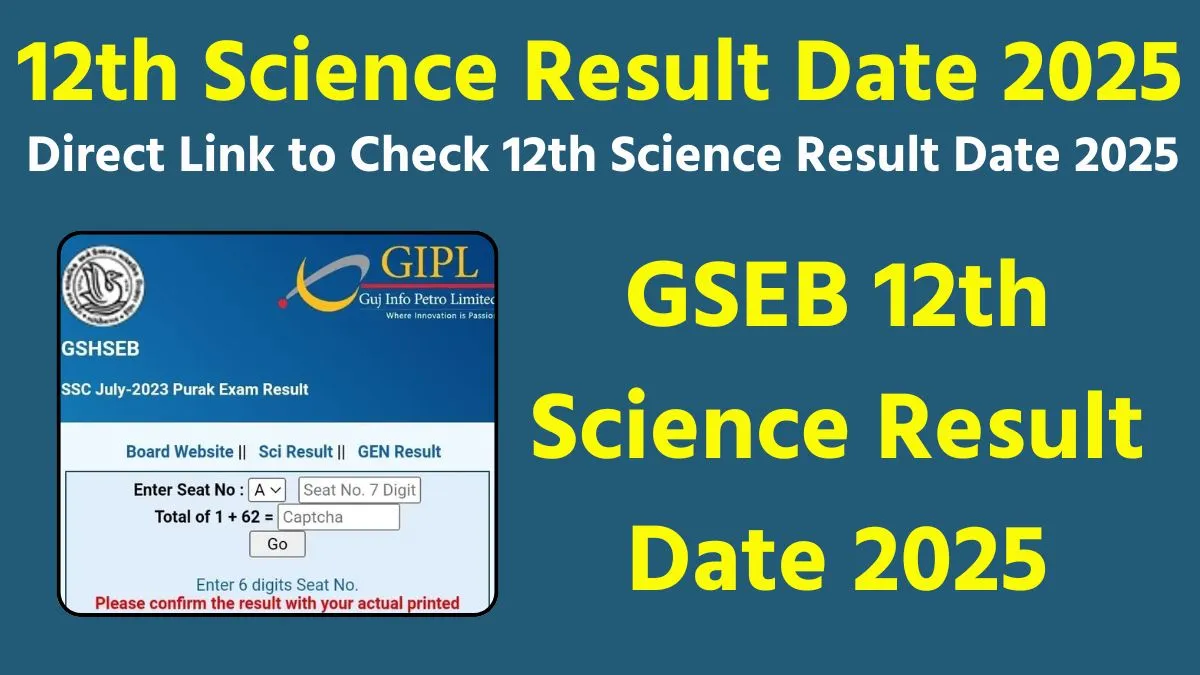Planetary Alignment,If you’ve been scrolling through social media lately, you’ve probably come across sensational posts claiming that all eight planets in our solar system will align perfectly on January 25, 2025. Sounds amazing, right? But is it true? Unfortunately, it’s not. So, what’s the real story behind this buzz? Let’s dive in and explore what’s happening in the night sky this month and why the idea of a perfect planetary lineup is more fantasy than fact.
What Is a Planetary Alignment?
First things first: what do we mean by a planetary alignment? In astronomy, an alignment typically refers to planets appearing in a line from our point of view on Earth. This doesn’t mean the planets are physically lined up in space like beads on a string. Instead, they appear along an imaginary line called the ecliptic—the path the sun takes across our sky.
The Truth About January 25, 2025
Contrary to the viral claims, there won’t be a dramatic planetary alignment on January 25, 2025. Sure, there are several planets visible in the evening sky this month, but they aren’t “all in one line” in the way the internet is portraying. So, why January 25? Honestly, no one knows where this date originated. But let’s clear up the confusion: while it’s not an extraordinary event, the night sky will still offer some stunning views of our neighboring planets.
Why Do Planets Always Appear in a Line?
Here’s a fun fact: the planets in our solar system always appear in a line when you look at the night sky. Why? Because they orbit the sun in more or less the same flat plane. This plane is called the ecliptic, and from our perspective, all planets follow this path. So, whenever multiple planets are visible, they naturally seem to form a line across the sky.
What Can You See in January 2025?
Throughout January, six planets are visible in the evening sky, but not all are easy to spot. Here’s a breakdown:
Venus: The brightest of them all, Venus is a dazzling sight in the western sky right after sunset.
Saturn: Positioned below Venus, Saturn is sinking closer to the horizon as January ends.
Jupiter: High in the sky, Jupiter shines brilliantly and is hard to miss.
Mars: With its reddish hue, Mars rises in the east soon after dark, offering a striking contrast to the other planets.
Uranus: While visible through binoculars, Uranus requires a dark sky and a good star chart.
Neptune: The faintest of them all, Neptune can only be seen with a telescope.
How to Spot the Planets
If you want to catch a glimpse of these celestial wonders, here are some tips:
Use binoculars or a telescope: This will make it easier to spot Uranus and Neptune.
Check the western sky: Start with Venus, the brightest planet, and work your way upward to Saturn and Jupiter.
Look east for Mars: Its reddish color makes it easier to identify.
Use apps or charts: Tools like Stellarium can help you pinpoint the exact location of each planet.
The Misconception About ‘All Planets in One Line’
So, why can’t all eight planets ever align perfectly on one side of the sun? The answer lies in their orbits. Each planet has a unique orbital period and path, making it nearly impossible for them to line up perfectly. In fact, Jean Meeus, an expert in mathematical astronomy, calculated that such an alignment would only happen once every 396 billion years. For context, the sun is only 4.6 billion years old and will become a red giant in about 5-6 billion years, swallowing the inner planets in the process. In short, a perfect planetary alignment isn’t happening anytime soon—or ever.
Can You See Four Planets at Once?
Absolutely! If you mean with your naked eye, you’re in luck. Venus, Saturn, Jupiter, and Mars are all bright enough to be seen without any optical aid. Start by locating Venus in the west after sunset. From there, you can spot Saturn, Jupiter, and finally Mars in the east. It’s a beautiful sight and a great opportunity for skywatching.

Using Binoculars and Telescopes for Uranus and Neptune
Want to go the extra mile? Grab a pair of binoculars or a telescope to spot Uranus and Neptune. Here’s how:
Uranus: Look near the Pleiades star cluster, close to Jupiter. A pair of binoculars will make it easier to spot this faint, bluish-green planet.
Neptune: This dim planet is near Venus and Saturn. It’s best viewed through a telescope, especially on January 29 and 30, when it appears just a few moon-widths away from Venus.
What About Mercury?
Mercury isn’t part of January’s evening sky lineup. Instead, it’s shining brightly in the morning sky. By February, it will shift to the evening sky, but Saturn and Neptune will no longer be visible.
Will We Ever See a Perfect Planetary Alignment?
Let’s face it: the idea of a perfect planetary alignment is more science fiction than science fact. The planets simply don’t align in the dramatic way pop culture imagines. But that doesn’t mean we can’t enjoy the beauty of multiple planets visible at once. Events like these remind us of the wonder and vastness of our universe.
Read more: latest movie and TV news 2024
Conclusion
So, what’s the bottom line? While the idea of a great planetary alignment on January 25, 2025, is a myth, the night sky this month still offers plenty to marvel at. From the brilliance of Venus to the reddish glow of Mars, there’s no shortage of celestial sights. So grab your binoculars, find a dark spot, and enjoy the show. The planets may not be perfectly aligned, but they’re still putting on a spectacular performance!
Other Popular News Post:
Explore other popular Posts:
Blog | News | Entertainment | Education | Sports |
Technology | Cryptocurrency | Stock | Home | Sitemap





